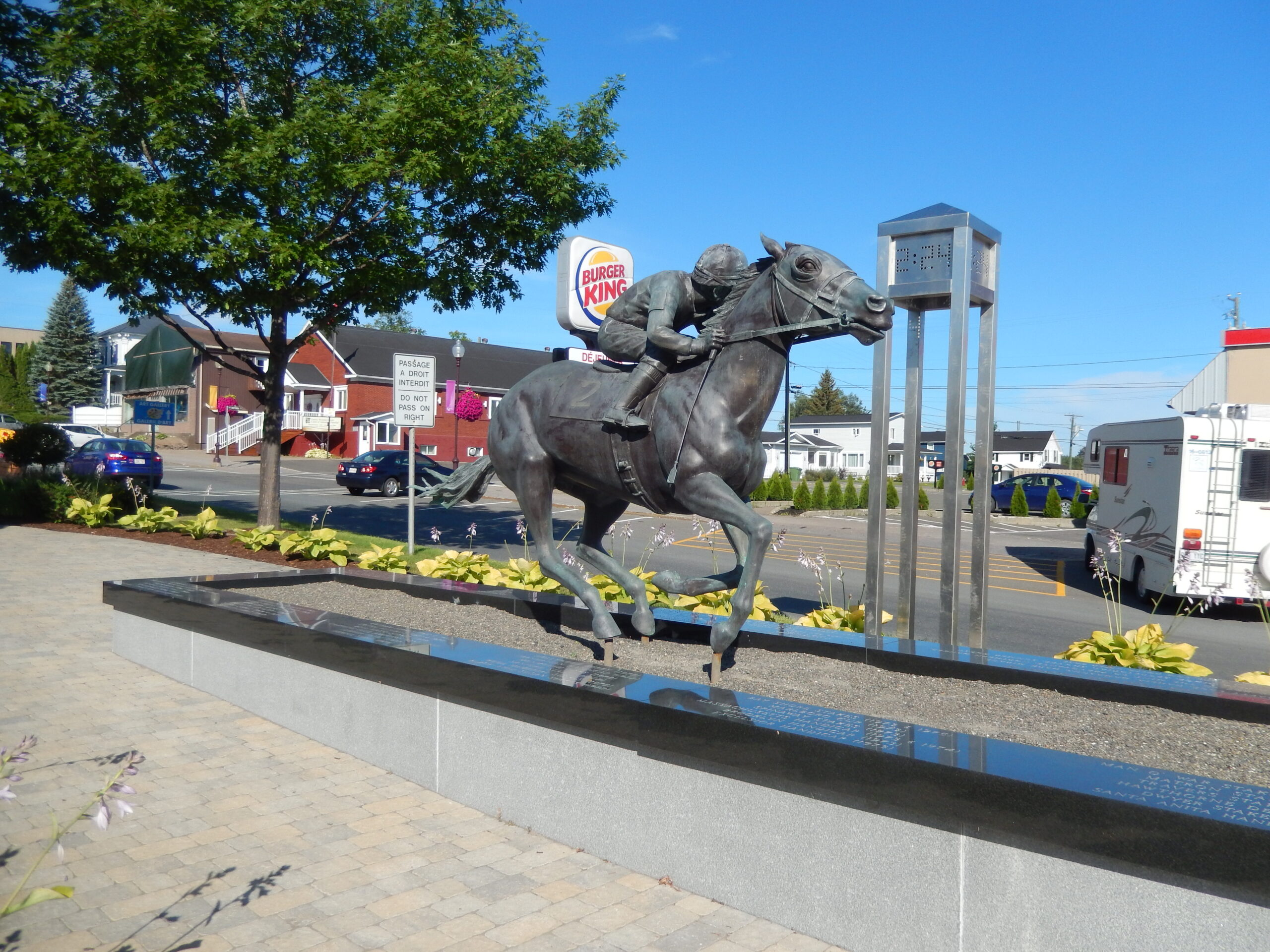Watch this space for the latest from GWD HQ, and keep your FOMO to a BM (that means Bare Minimum).

Secretariat had it his way. (credit below)
Last Thursday, we ran a whole quiz with round titles inspired by the word, “Nice.” Why, you ask? Well, it was 6/9 on the calendar and we’re all still perpetually 13 years old. Don’t act surprised. One of those rounds was titled, “Neighs! Nays!” and it included two-part questions about horses and famous “no”s. We covered BoJack Horseman, the “Three Nos” of the Khartoum Resolution, and John McCain’s dramatic thumbs down vote to block the repeal of the ACA in 2017. You know, all kinds of topics that go well together. But, you can’t write a trivia round about horses and not mention Secretariat … or Mr. Ed, for that matter (we did both!). Anyway, let’s learn a bit more about the former.
___
Here’s a fun fact that you can share at your next dinner party, colonoscopy, or wig fitting: only three parts of most racehorses are kept after they die. In the majority of cases, only the horse’s head, heart, and hooves are buried, representing their intelligence, their courage, and their speed. But when a horse is truly incredible — like 1973 Triple Crown-winning superstar Secretariat, for example — he goes into his grave (mostly) intact.
“When they brought Secretariat into the lab [for a necropsy], there were [eight or 10] people from the farm that came with him,” Thomas Swerczek, DVM, Ph.D, the veterinarian who examined the horse after his death, said. “They all had plastic bags with them. They wanted to take every bit of Secretariat back with them to be buried.” (Swerczek initially thought that Secretariat would’ve been “the perfect horse” to preserve through taxidermy, so he could be displayed “for future generations to admire.”)
Secretariat was euthanized in 1989 at age 19, after developing a painful, incurable hoof ailment called laminitis. He was memorialized with a private funeral in the horse cemetery at Claiborne Farm in Paris, Kentucky, and was buried near his dad and granddad. (His dad…er, sire, Bold Ruler was a good racehorse but apparently an even better breeder: of his 360-plus named offspring, over 60 percent of them went on to win at least one race.)
According to the Lexington, Kentucky Visitors’ Bureau, hundreds of people visit Secretariat’s grave every year, many of them bringing gifts of apples, flowers, or peppermints to leave on his tombstone. (VisitLex dot com also recommends calling Claiborne Farms to make an appointment to pay your respects.)
Secretariat also left behind an extended family of more than 300 kids and, according to ESPN, more than 260 roads have been named in honor of the horse, which is more than “any other athlete, human or otherwise.” When he died, some believed that the flags at Belmont Park – where Secretariat still holds the record for the fastest Belmont Stakes finish — should’ve been lowered to half-mast.
“He wasn’t a horse,” one person sighed to the New York Times. “’He was Secretariat.”
Featured image courtesy of: Fralambert, Creative Commons Attribution-Share Alike 4.0